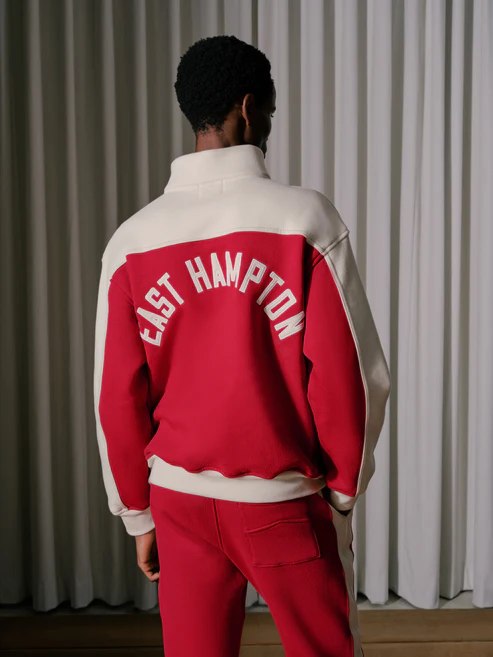
The Evolution of Streetwear: From B
Streetwear has always been more than just clothing; it’s a cultural movement, a statement of identity, and a reflection of the times. Among the most iconic pieces in streetwear history is the Bape hoodie, a garment that has transcended its origins to become a symbol of urban fashion. But as the world of streetwear evolves, so too does its iconography. Today, the Bape hoodie is no longer just a piece of clothing—it’s a canvas for creativity, a marker of status, and a bridge between the past and the future of fashion.
The Birth of an Icon
Bape, short for A Bathing Ape, was founded in 1993 by Japanese designer Nigo. The brand quickly gained a cult following for its bold designs, vibrant colors, and unique take on streetwear. The Bape hoodie, with its signature camouflage patterns and ape head logo, became an instant classic. It was more than just a hoodie; it was a statement. Wearing a Bape hoodie meant you were part of an exclusive club, one that valued individuality and creativity over conformity.
The hoodie’s popularity skyrocketed in the early 2000s, thanks in part to endorsements from hip-hop artists and celebrities. Pharrell Williams, Kanye West, and Lil Wayne were often seen sporting Bape hoodies, cementing their status as must-have items in the streetwear community. The hoodie became a symbol of success, a way to show that you had made it.
The Shift in Streetwear
As streetwear grew in popularity, it began to change. What was once a niche subculture became a global phenomenon, with brands like Supreme, Off-White, and Fear of God dominating the scene. The Bape hoodie, while still iconic, began to face competition from newer, more innovative designs. Streetwear enthusiasts started looking for pieces that were not only stylish but also meaningful, garments that told a story or made a statement.
This shift in consumer preferences led to the rise of custom streetwear. Brands began offering personalized options, allowing customers to create unique pieces that reflected their individual style. The hoodie, once a uniform of sorts, became a blank canvas for self-expression. People started experimenting with bold graphics, unconventional materials, and avant-garde designs, pushing the boundaries of what streetwear could be.
The Modern Hoodie: A New Era of Iconography
Today, the hoodie has evolved into something entirely new. While the Bape hoodie remains a classic, modern streetwear enthusiasts are drawn to pieces that challenge traditional notions of fashion. Hoodies now come in a variety of styles, from oversized silhouettes to cropped designs, and feature everything from abstract art to political slogans.
One of the most significant changes in modern hoodie design is the emphasis on sustainability. As consumers become more conscious of their environmental impact, brands are responding by using eco-friendly materials and ethical production methods. Hoodies made from organic cotton, recycled polyester, and even biodegradable fabrics are becoming increasingly popular, proving that style and sustainability can go hand in hand.
Another trend in modern hoodie design is the incorporation of technology. Smart hoodies with built-in headphones, heating elements, and even LED lights are pushing the boundaries of what clothing can do. These high-tech hoodies are not just fashion statements; they’re functional pieces of wearable technology that cater to the needs of a tech-savvy generation.
The Hoodie as a Cultural Artifact
Beyond its practical and aesthetic appeal, the hoodie has become a cultural artifact, a symbol of the times we live in. It has been embraced by activists, artists, and thinkers as a tool for social commentary. Hoodies with messages like “Black Lives Matter” or “Climate Justice Now” have become powerful symbols of resistance and change, proving that fashion can be a force for good.
The hoodie’s journey from a simple piece of clothing to a cultural icon is a testament to the power of streetwear. It shows how fashion can evolve, adapt, and inspire, reflecting the values and aspirations of each generation. While the Bape hoodie will always hold a special place in the history of streetwear, its legacy lives on in the countless designs and innovations that have followed.
Conclusion
The Bape hoodie may have been the starting point, but the story of the hoodie is far from over. As streetwear continues to evolve, so too will its iconography. From sustainable materials to cutting-edge technology, the modern hoodie is a reflection of our changing world. It’s a reminder that fashion is not just about looking good—it’s about making a statement, telling a story, and shaping the future. So, the next time you slip on a hoodie, remember: you’re not just wearing a piece of clothing; you’re wearing a piece of history.


























